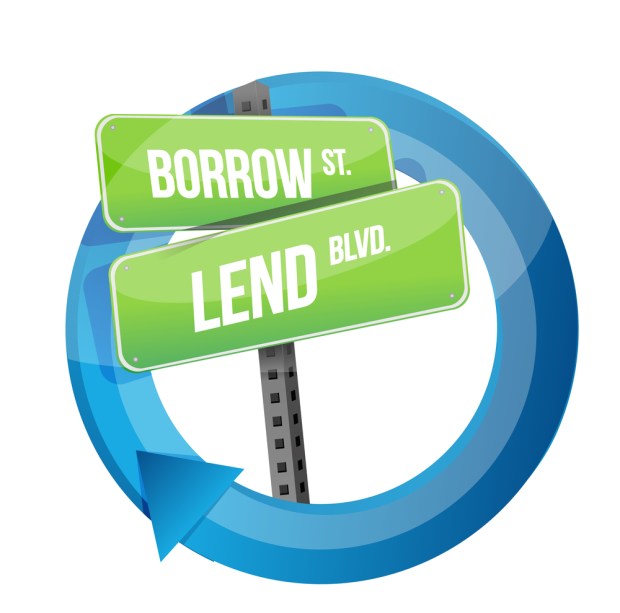Online Lender Surge Puts Market Under Microscope

The growth in online lending has been heady enough — and quick enough — to bring attention from regulators and other interested parties, The Wall Street Journal reported Sunday (Dec. 13). And one firm, WebBank, may be at the epicenter of it all, feeding into firms as diverse as Lending Club and Prosper Marketplace.
The overall industry is getting scrutiny from the U.S. Treasury Department and some state legislators, with an eye on whether the alternative lending space, and especially online lenders, are “cutting corners.”
There’s also a court decision in place in the U.S. appellate court that looms as a challenge to the upstart industry’s very business model and, if it is not overturned by the Supreme Court, could make it harder to do business in Utah as a conduit toward working around rate caps that exist in other states. WebBank is registered in that state as an “industrial bank,” which is a classification keeping it out of direct oversight by the Fed.
In addition, there’s the report from WSJ earlier this month that the company (via Prosper) made a loan to Syed Rizwan Farook and his wife, who were behind the massacre in San Bernardino. Though the company has not been charged in any wrongdoing, additional scrutiny is something to be devoutly unwished, and WebBank has said it conducts checks to evaluate applicants through anti-money laundering and antiterrorism laws. Nonetheless, the House Financial Services Committee said last week it is looking into making laws for online lenders tougher.
In terms of the business model, the firms that tie into “nonbank lending platforms,” such as Prosper, pay banks, including WebBank, to put up capital to make a loan until that loan is then taken in by an investor on the online platform.
WebBank’s model is a profitable one, with $46 million in top line through the first nine months of the year, net income from that of $31 million and ROE that is six times that of a regular bank, WSJ noted, at 59 percent. Loans have been doubling in volume annually across the online lending space and should be about $120 billion in five years, according to Morgan Stanley.
